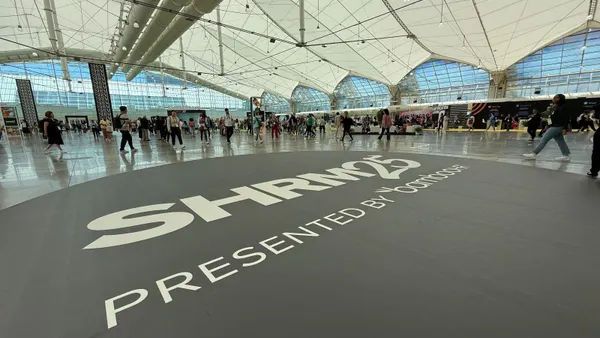To avoid formal layoffs, 53% of companies are already engaging in or soon plan to engage in “quiet firing,” according to a May 27 report from Resume Templates. Tactics include cutting benefits, increasing workloads or mandating more office time.
Although the move can be effective, nearly 9 in 10 companies that started quiet firing this year said it has reduced morale.
“From a business perspective, quiet firing can seem like an efficient way to reduce headcount without triggering layoffs, bad press or severance costs,” said Julia Toothacre, chief career strategist for Resume Templates.
“But it’s short-sighted. Creating an environment that pushes people to quit inevitably damages morale, productivity and trust,” Toothacre said. “It can also negatively impact hiring in the future. And let’s be honest, when this tactic is applied broadly, companies risk losing high performers, not just underperformers.”
In the survey of more than 1,100 U.S. business leaders, 42% said they’ve already started quiet firing in 2025, and 11% plan to begin later in the year.
Nearly half said quiet firing helps them manage underperformers, with 41% saying they’re trying to push out certain employees, including those who prefer remote work. Some also said they’re trying to avoid severance payouts, reduce legal risks and avoid bad press linked to formal layoffs.
Leaders identified several quiet firing tactics, such as delaying promotions or raises, enforcing strict rules or policies, increasing workloads, mandating more in-office days, reducing pay or bonuses, cutting benefits, micromanaging employees, ignoring toxic workplace behavior and using formal layoffs to lower morale among remaining staff.
Despite reduced morale, 85% of companies that use quiet firing said it’s effective for encouraging voluntary turnover. Amid economic uncertainty, though, leaders said quiet firing can be ineffective if employees stay due to a tough job market or simply tolerate poor treatment rather than quitting.
“Many workers will stick it out right now not because they’re engaged but because the job market feels uncertain,” Toothacre said. “They’re weighing the stress of a toxic workplace against the risk of landing a new job that pays less. This calculator puts employees in survival mode, which will ultimately impact productivity.”
Balancing budget constraints with hiring challenges could prove to be a pivotal issue for HR departments in 2025, recruiting experts previously told HR Dive. HR pros will need to show measurable impact, consider global talent pools, nurture talent pipelines, prioritize internal mobility and boost retention with stipends or professional development opportunities, they said.
Front-line workers, in particular, say they’re feeling anxiety, anger and stress due to global trade policy changes, according to a report from UKG. More than 70% said they’ve changed workplace behaviors in response, such as working harder to prove their value, taking on more hours in case future hours are cut and adding a new skill or certification for job security.
Although the April jobs report remained strong, economists wonder whether upcoming reports will show the impact of tariffs, layoffs and worker burnout. A contracting economy could lead to a weaker labor market if ongoing uncertainty continues, the economists told HR Dive.













